Social Media Crisis Management: What to Do When Things Go Wrong
In 2025, with social media at the core of brand communication, the stakes are higher than ever when it comes to managing a social media crisis. A single misstep can go viral within minutes, risking a brand’s reputation, customer trust, and overall business health. Proper social media crisis management equips brands to mitigate damage, address concerns, and even turn a negative situation into a learning experience or, ideally, a positive outcome.

This guide will dive deep into every aspect of managing a social media crisis effectively, covering preparation, response strategies, tools, and long-term resilience.
What Is a Social Media Crisis?
A social media crisis is any incident or situation that threatens a brand’s reputation on social media. It can arise from various sources, such as a poorly worded post, a customer complaint that gains traction, or an external event that puts the brand in a challenging position. A crisis on social media can quickly spread across platforms, sometimes attracting negative media attention and public backlash.

Common Causes of Social Media Crises
- Missteps in Messaging or Tone
- Posting content that appears insensitive, offensive, or out of touch.
- Using humor inappropriately or failing to read the room during sensitive events.
- Customer Complaints That Escalate
- Customer issues that go unresolved or receive an unsatisfactory response can lead to a wave of public complaints.
- Controversial Statements or Content
- Posts or responses that take a divisive stance on social, political, or cultural issues.
- Employee Misconduct or Brand Representation Errors
- Staff accidentally or intentionally posting unprofessional content on the brand’s account, or sharing opinions that conflict with the brand’s values.
- External Events and Crises
- Natural disasters, health crises, or geopolitical issues that require brands to adapt their messaging.
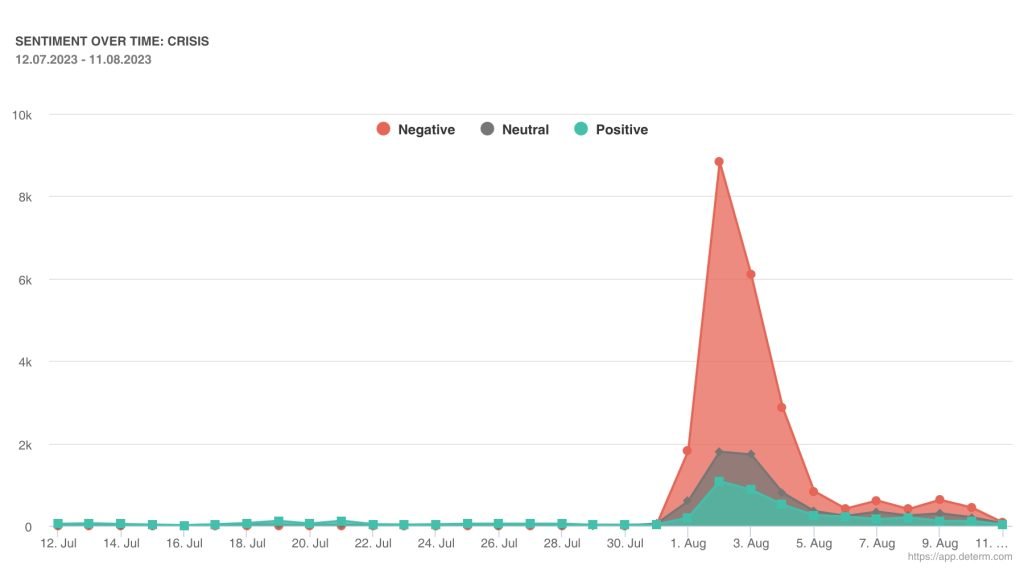
Understanding the roots of potential crises can help brands create preventative strategies to minimize risk and develop rapid response techniques.
Developing a Social Media Crisis Management Plan
A well-prepared social media crisis management plan is crucial. This proactive approach provides a clear roadmap to follow when a crisis arises, enabling your team to respond swiftly and confidently. Here’s a breakdown of the essential components.
1. Crisis Classification and Types
Define what constitutes a crisis versus a minor issue. Not every negative comment or complaint is a crisis; crises typically involve larger threats to the brand’s reputation. Outline crisis levels, from minor issues that require simple responses to high-level incidents that need immediate attention from senior leaders.
- Minor Issues: Isolated complaints, non-viral feedback that can be resolved privately.
- Moderate Crises: Incidents that gain moderate traction but have minimal reputational damage.
- Severe Crises: Situations that attract significant public or media attention, threaten brand reputation, or demand urgent action.
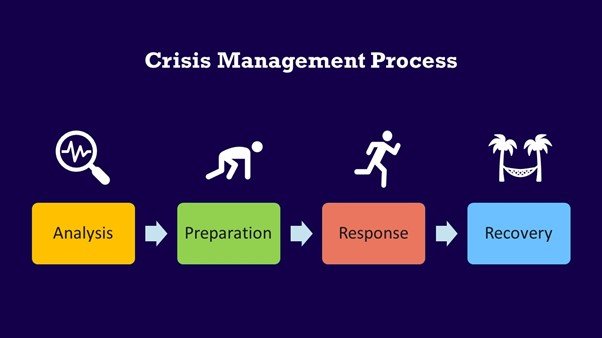
Example: A fast-food chain could define a severe crisis as a health violation incident that has gone viral, whereas a minor issue might be a customer complaining about slow service.
2. Assign Key Roles and Responsibilities
Determine who will handle which aspects of the crisis response. This could include social media managers, customer service representatives, PR professionals, and senior executives. Define the hierarchy for crisis response to avoid confusion.
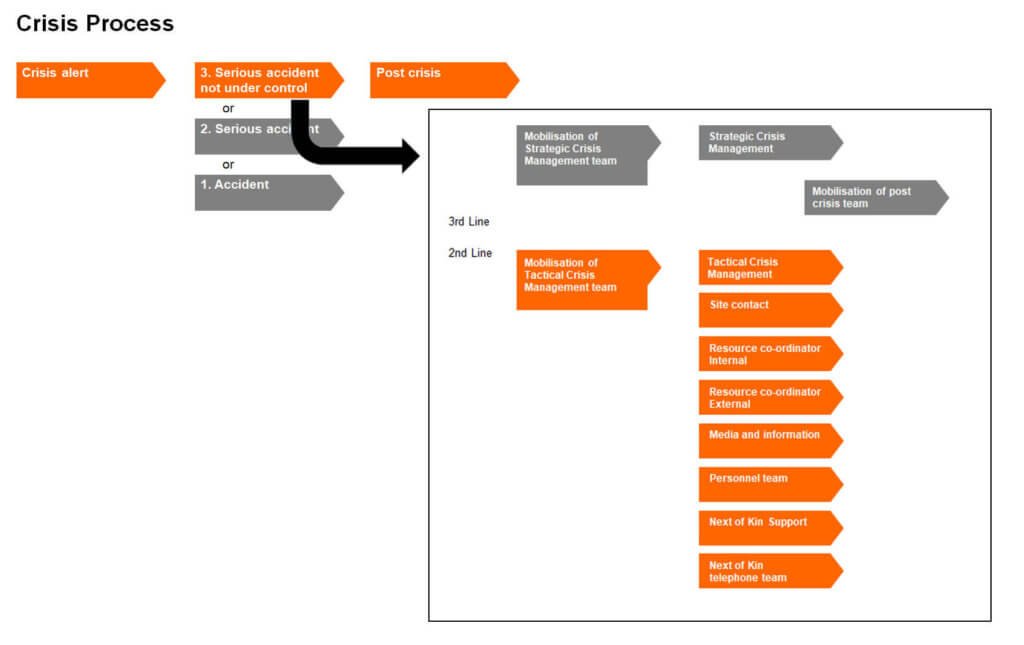
- Social Media Team: Monitors platforms, identifies emerging issues, and responds to general comments.
- Customer Service Team: Addresses individual complaints and queries directly, moving conversations to private channels when possible.
- PR and Communications Team: Drafts official statements and communicates with media outlets if necessary.
- Legal Team: Reviews responses for compliance, especially in situations involving potential legal consequences.
3. Establish a Clear Approval and Escalation Process
Define the chain of approval for crisis-related content. During a crisis, messages must be clear, accurate, and reflect the brand’s values. Establish protocols for escalation if an issue requires a higher level of attention or approval.
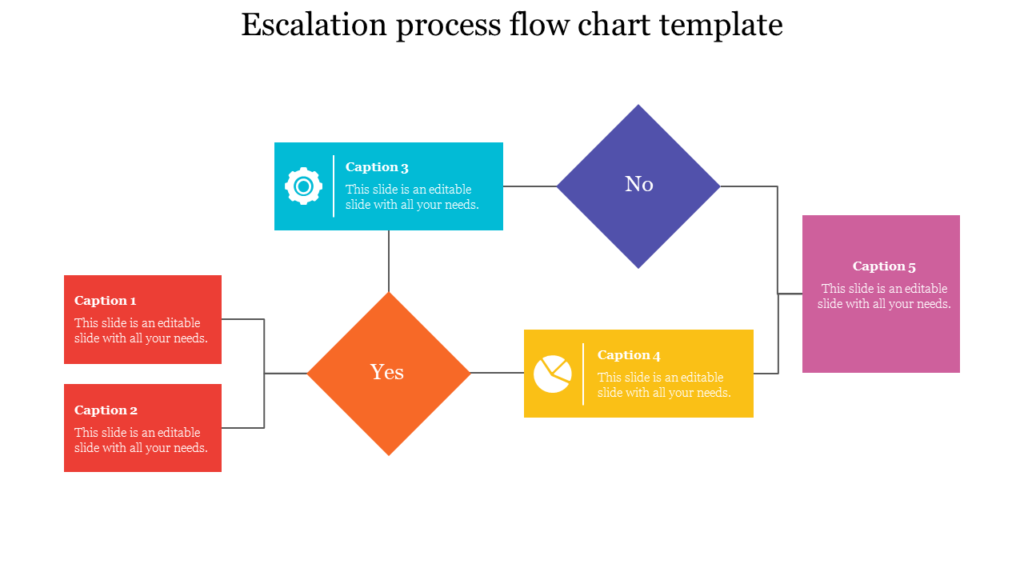
Example: An initial response from a social media manager may need approval from a PR manager or legal team member before being posted, ensuring consistency and accuracy.
Pro Tip: Use a pre-approved response template to speed up the process, particularly for common types of crises, while customizing as needed.
4. Prepare a Social Media Monitoring and Listening System
Social listening is essential in spotting potential issues before they escalate into full-blown crises. Invest in tools like Hootsuite, Brandwatch, or Sprout Social to track brand mentions, sentiment, and trending topics. Monitoring competitor crises can also offer insights into handling similar issues.
- Track Keywords and Hashtags: Set up alerts for keywords related to your brand, products, or industry, as well as negative terms associated with the brand.
- Monitor Sentiment Shifts: Sudden changes in sentiment can be an early indicator of a crisis.
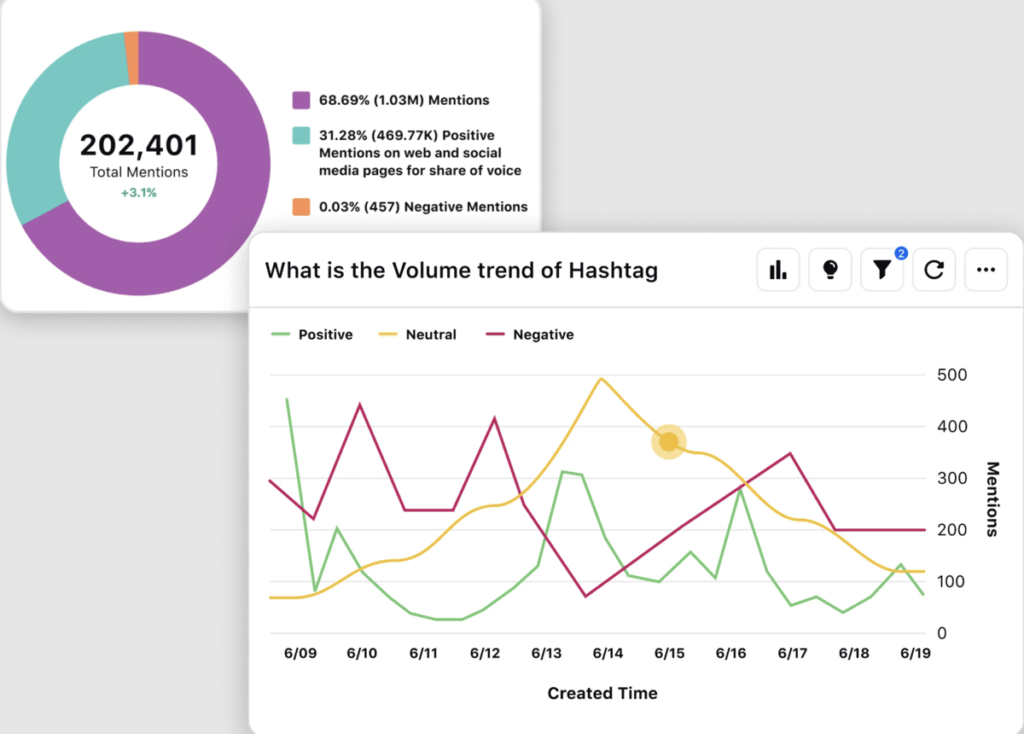
5. Develop Response Templates and Scripts
Creating templates for common crisis scenarios can save time and help maintain a consistent tone. Scripts should cover initial responses, redirections to private channels, and follow-ups.
Sample Templates:
- Initial Acknowledgment: “We’re aware of the situation and are actively working on it. Thank you for bringing it to our attention.”
- Request for Private Conversation: “We’re sorry to hear about this experience. Please send us a direct message so we can help resolve this issue.”

Ensure templates are adaptable for various scenarios and are aligned with brand voice and values.
Handling a Social Media Crisis: Step-by-Step
Once a crisis has been identified, follow these steps to address it effectively:

1. Pause Scheduled Content
When a crisis arises, stop all scheduled posts and campaigns. Regular content can appear tone-deaf or insensitive during a crisis. Instead, prioritize updates that address the issue directly.
Example: A major clothing brand paused its promotional posts during a backlash over labor practices, focusing instead on transparent communication about how they were addressing concerns.
2. Gather Facts and Context
Before responding, gather all relevant information about the situation. This ensures the response is accurate and considers all aspects of the issue.
- Investigate Internally: Connect with relevant departments to gather the facts.
- Assess Social Sentiment: Use social listening to understand how the public is reacting and the scope of the issue.
Pro Tip: Avoid speculating or posting without verified facts, as misinformation can worsen the crisis.
3. Issue a Thoughtful Initial Response
Craft a response that addresses the issue with empathy and transparency. The tone of the message is crucial; it should acknowledge the concern, show empathy, and offer information on the next steps.
Example of an Initial Response:
“Thank you for bringing this to our attention. We’re aware of the situation and understand your concerns. We are investigating and will update you as soon as we have more information.”
- Acknowledge the Issue: Recognize that there is a problem.
- Show Empathy and Responsibility: Avoid blame and express regret or understanding.
- Outline Next Steps: Inform the audience that action is being taken and that updates will follow.
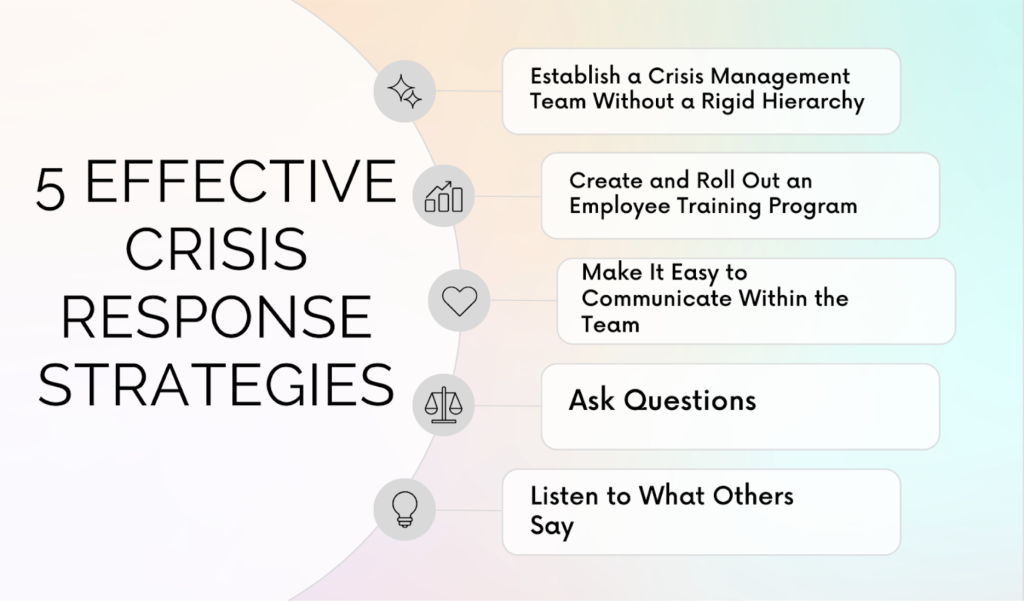
Example: Burger King’s response to a controversial tweet involved a quick apology and clarification, followed by a detailed statement on how they would prevent similar issues in the future.
4. Move the Conversation to Private Channels When Possible
Directly addressing the issue in public can help manage a crisis initially, but continuing the conversation privately allows for a more personalized response and reduces public escalation. Here’s how to transition smoothly:
- Acknowledge Publicly: Respond with a short message acknowledging the concern.
- Invite to Private Channels: “We would like to discuss this further in private. Please DM us your details so we can help.”
Example: Airlines often direct frustrated passengers to private channels to handle specific issues, preventing long threads of complaints in public view.
5. Coordinate with Internal Teams
Ensure all relevant teams are aligned on the response strategy. For example, if the crisis involves a product recall, the product, legal, and PR teams should be informed and ready to assist with accurate information.
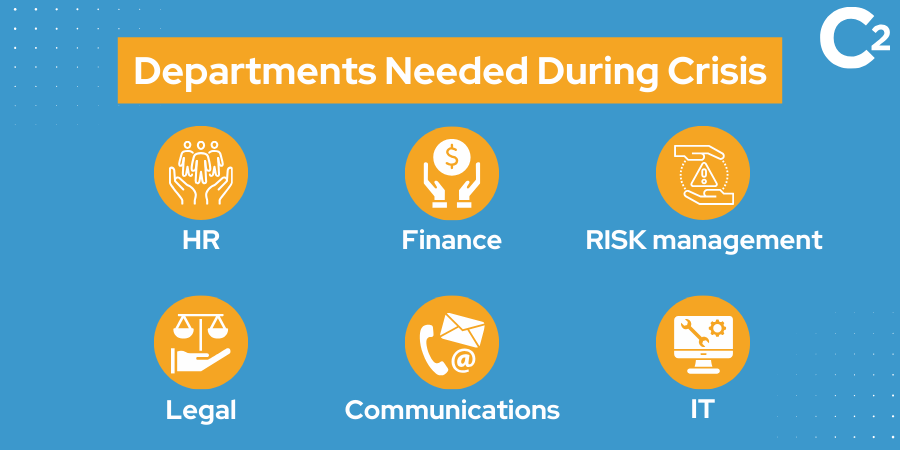
- Customer Service for handling individual complaints and follow-ups.
- PR and Communications for public messaging and media responses.
- Legal for compliance and risk assessment.
Example: Following a public data breach, a technology company worked closely with its legal and PR teams to handle the situation transparently, offering updates to maintain public trust.
6. Continuously Monitor Sentiment and Adapt Responses
During a crisis, public sentiment can shift quickly. Use social listening tools to monitor conversations, trending hashtags, and the tone of comments. If sentiment worsens, reassess the response and modify the messaging as needed.
Steps for Real-Time Sentiment Tracking:
- Monitor Key Hashtags and Mentions: Identify which topics or phrases are most associated with the crisis.
- Adjust Tone Accordingly: If negative sentiment grows, consider increasing transparency, empathy, or additional information in your response.
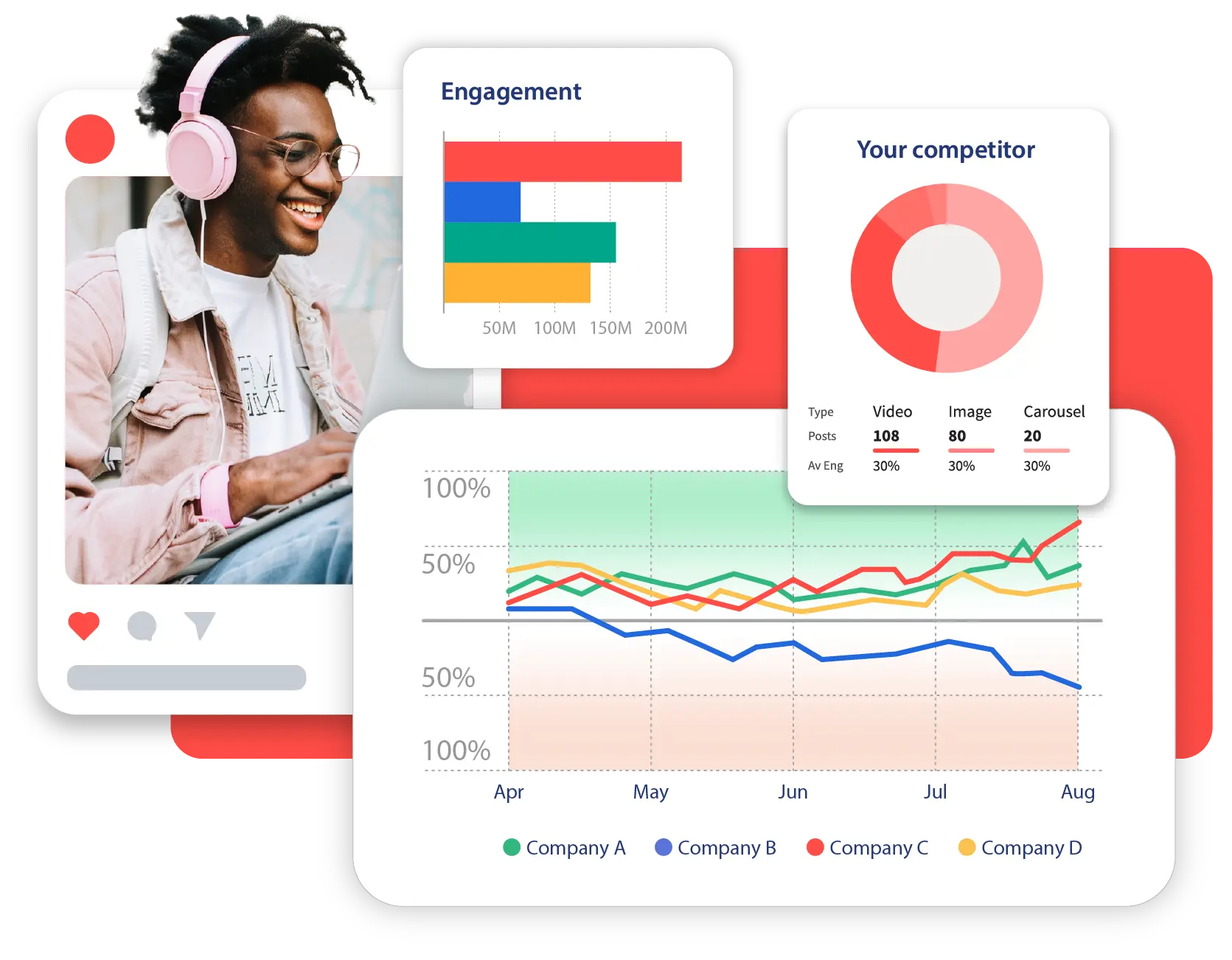
7. Update the Audience Regularly
Maintain transparency by providing regular updates on the progress of the situation. This could include additional steps the brand is taking, new developments, or solutions that are being implemented.
Example: During a recall, an automotive brand used social media to provide ongoing updates, offering details on how affected customers could receive repairs.
Pro Tip: Schedule regular updates at intervals, even if there’s little new information, to keep the public informed.
8. Take Responsibility and Apologize When Necessary
An apology can go a long way in regaining public trust, especially if the crisis resulted from a brand’s error. Avoid excuses, take responsibility, and outline what steps the company is taking to prevent similar incidents.
Effective Apology Elements:
- Acknowledge the Mistake: “We recognize that we made a mistake in [specific action].”
- Apologize Sincerely: “We’re genuinely sorry for any harm this caused.”
- Outline Corrective Measures: “We are implementing new policies to prevent this in the future.”
Example: After a sensitive ad campaign, a cosmetics brand issued a public apology, followed by a statement on how it would involve more diverse voices in its review process moving forward.
9. Implement and Communicate Corrective Actions
After the crisis, demonstrate commitment to improvement by sharing the corrective measures your brand is implementing. This could include policy changes, staff training, or adjustments to business practices.
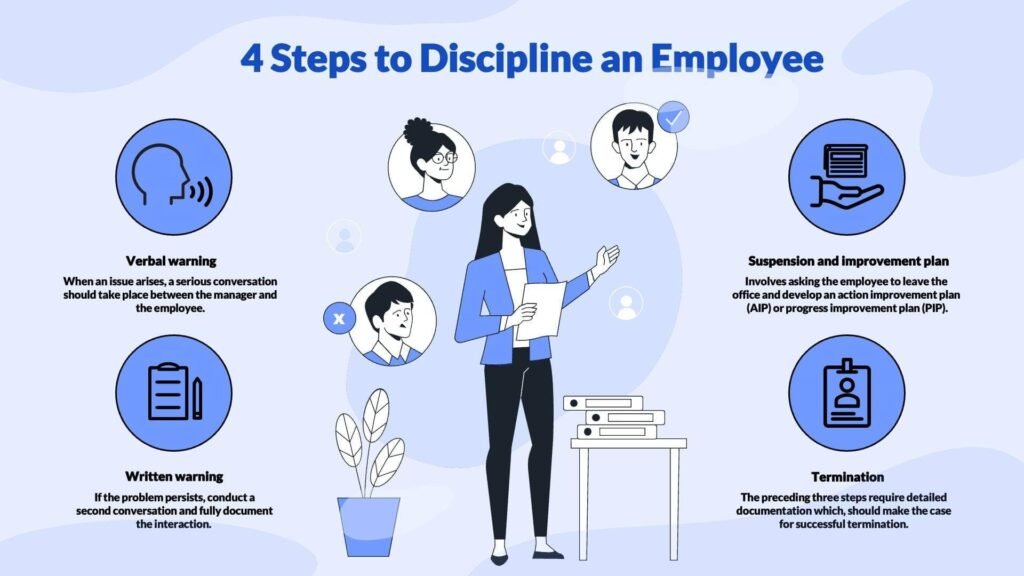
Example: Following a customer service crisis, a major retail chain updated its customer response protocol, shared the updates publicly, and trained employees on new standards.
10. Conduct a Post-Crisis Review
Once the crisis is under control, gather your team to analyze the situation. Review what went well, what could have been improved, and how the crisis was perceived publicly. Use these insights to update your crisis plan and prepare for future incidents.
Post-Crisis Debrief Checklist:
- Gather Team Feedback: Collect insights from all involved departments.
- Analyze Sentiment Data: Review engagement and sentiment metrics from social listening tools.
- Update Crisis Plan: Make any necessary adjustments based on lessons learned.
Example: After handling a major backlash, a beverage brand conducted a detailed post-crisis review, adjusting its social media guidelines and retraining staff on crisis response.
Frequently Asked Questions (FAQ)
By following these steps, brands can navigate social media crises confidently and minimize reputational harm. Being prepared, transparent, and responsive ensures that your brand remains resilient in the fast-paced digital landscape of 2025.
Disclosure: Our blog contains affiliate links to products. We may receive a commission for purchases made through these links. However, this does not impact our reviews and comparisons. We try our best to keep things fair and balanced, in order to help you make the best choice for you.






